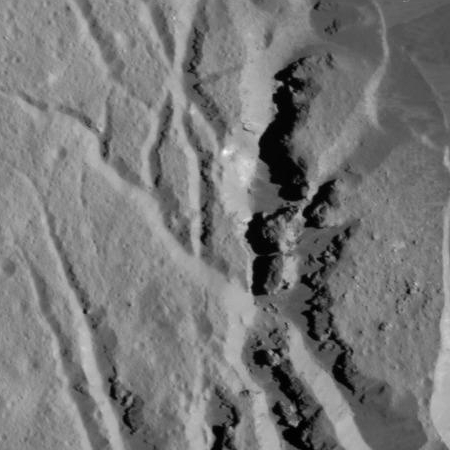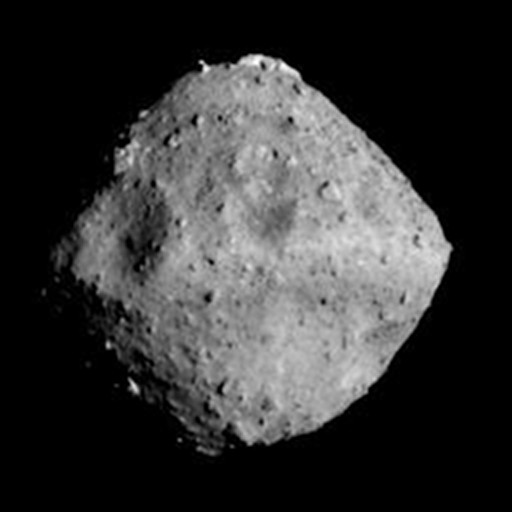A nerve gas detector made of Legos and an iPhone
Engineers have designed a cheap and simple prototype nerve gas detector using both Legos and an iPhone.
The rig features a sliding plate of upside-down Legos with rows of small holes that can be filled with nerve agent samples, which are then placed in a chemical cocktail. The chemicals will change color and fluoresce with even the smallest amount of a nerve agent in the sample.
“Unfortunately, it can be difficult to see differences in the level of fluorescence with the naked eye in the field,” said Xiaolong Sun, a post-doctoral research fellow who helped develop the device’s sensors. The Lego box operates as a portable darkroom with a UV light to activate the chemical fluorescence. Once the light is turned on, an iPhone placed on top of the box is able to take photos of the sample through a small hole drilled through the Legos.
A photo of the sample can then be sent by text or email to someone at a lab with a computer to identify the type of nerve agent and how much of an agent there is with a color scale and software developed by graduate student Alexander Boulgakov.
What is clever about this is its simplicity. If only more engineers on government projects would think like this.
Engineers have designed a cheap and simple prototype nerve gas detector using both Legos and an iPhone.
The rig features a sliding plate of upside-down Legos with rows of small holes that can be filled with nerve agent samples, which are then placed in a chemical cocktail. The chemicals will change color and fluoresce with even the smallest amount of a nerve agent in the sample.
“Unfortunately, it can be difficult to see differences in the level of fluorescence with the naked eye in the field,” said Xiaolong Sun, a post-doctoral research fellow who helped develop the device’s sensors. The Lego box operates as a portable darkroom with a UV light to activate the chemical fluorescence. Once the light is turned on, an iPhone placed on top of the box is able to take photos of the sample through a small hole drilled through the Legos.
A photo of the sample can then be sent by text or email to someone at a lab with a computer to identify the type of nerve agent and how much of an agent there is with a color scale and software developed by graduate student Alexander Boulgakov.
What is clever about this is its simplicity. If only more engineers on government projects would think like this.



